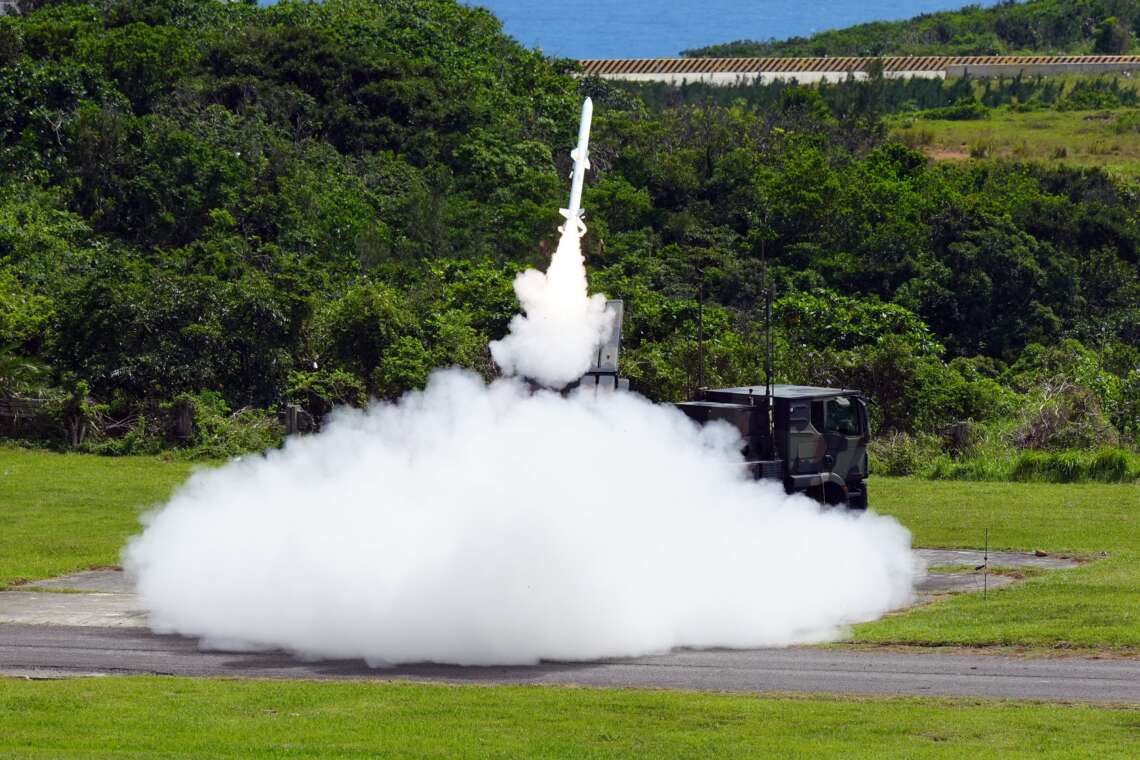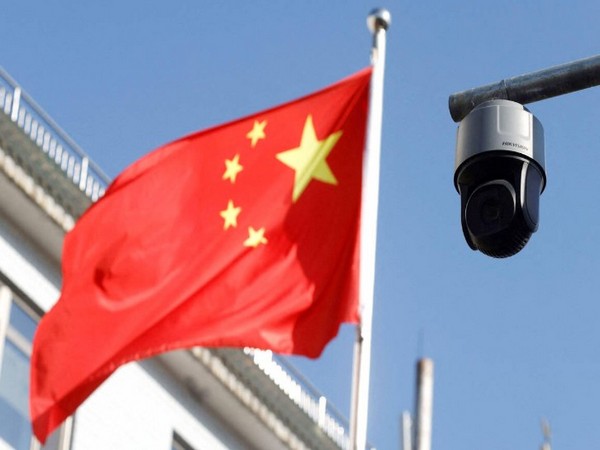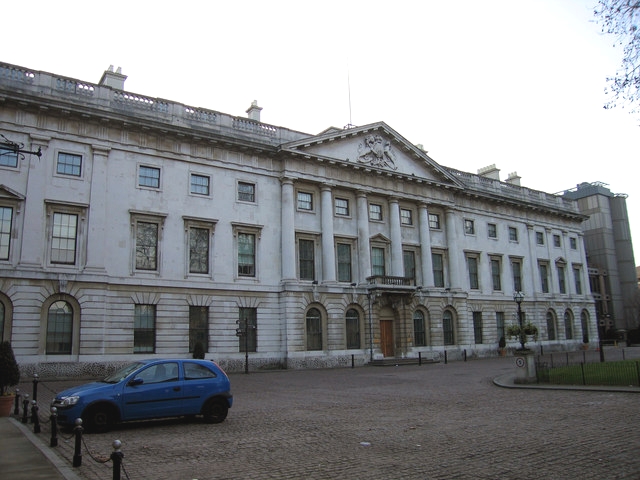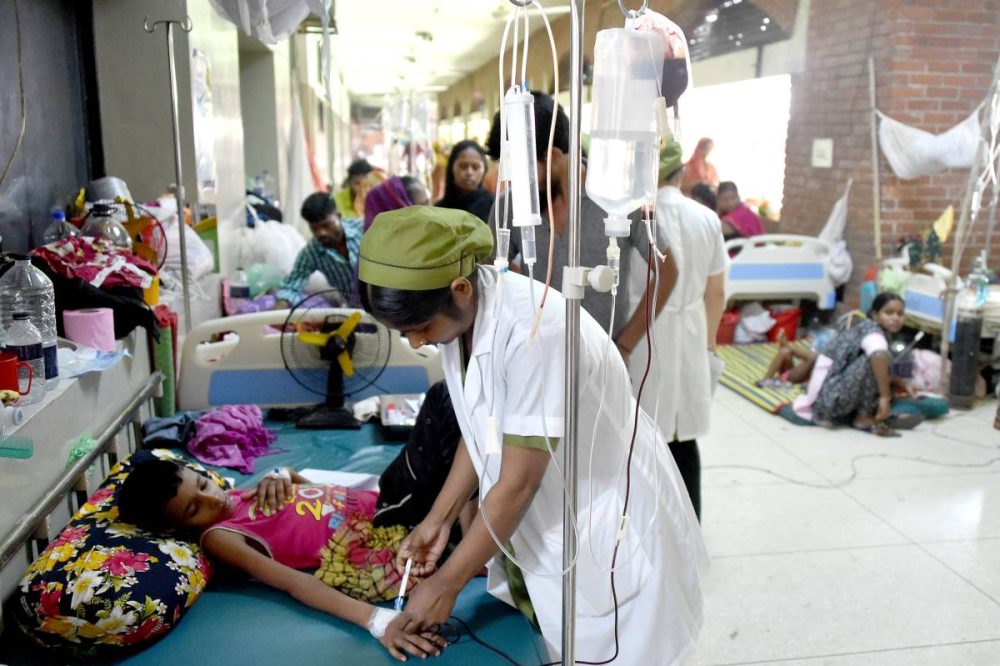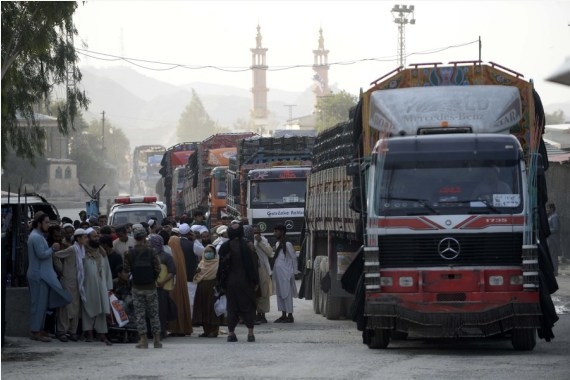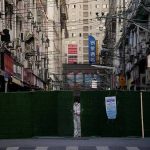Visuals released by the MND showed the Land Sword II in action, with footage capturing the successful launch of the missile system in a test-firing exercise.
Taiwan has conducted back-to-back military drills showcasing two advanced weapon systems—its indigenously developed Land Sword II surface-to-air missile (SAM) system and the US-supplied High Mobility Artillery Rocket System (HIMARS)—as part of broader efforts to bolster air and missile defence in response to growing Chinese military activity in the region.
The Ministry of National Defence (MND) confirmed the live-fire debut of the Land Sword II, marking a significant step in Taiwan’s efforts to counter increasingly complex aerial threats from the People’s Liberation Army (PLA). A post on the ministry’s official X (formerly Twitter) account stated, “Land Sword II makes its live fire debut. This SAM system is capable of countering diverse aerial threats and significantly enhances force protection for #ROCArmy.”
Visuals released by the MND showed the Land Sword II in action, with footage capturing the successful launch of the missile system in a test-firing exercise. Though detailed specifications were not provided, the MND emphasised that the system is designed to neutralise a wide spectrum of airborne threats, adding a critical layer to Taiwan’s multi-tiered air defence framework.
This test came just a day after Taiwan conducted its first live-firing drill of the HIMARS at the Jiupeng military base in Pingtung County. The exercise was led by the Taiwan Army’s 58th Artillery Command and marked the operational debut of the American rocket artillery system on Taiwanese soil. According to Focus Taiwan, 33 rockets were fired during the drill, with each of the 11 launch vehicles firing three rounds. The HIMARS system, praised for its mobility and precision, can be outfitted with either a six-pack of 227mm guided rockets or a single Army Tactical Missile System (ATACMS) capable of hitting targets up to 300 kilometres away.
Colonel Ho Chih-chung, deputy commander of the 58th Artillery, confirmed that personnel from the US defence contractor Lockheed Martin were present during the drill to provide technical support and guidance.
Taiwan has procured a total of 29 HIMARS units from the United States, with the first batch of 11 delivered earlier this year. The remaining 18 are now expected to arrive in 2026, a year earlier than previously scheduled. The accelerated timeline was confirmed in a recent MND report to the Legislative Yuan.
“#HIMARS debuts in #Taiwan, showcasing rapid deployment and next-generation strike capabilities,” the MND wrote on X, further underlining the significance of the development in the context of Taiwan’s evolving strategic needs.
These military advancements are unfolding amid persistent and escalating pressure from China, which claims Taiwan as a breakaway province under its “One China” policy and has not ruled out the use of force for reunification.
On Wednesday, Taiwan’s MND reported a sharp uptick in Chinese military activity around the island. A total of 35 PLA aircraft sorties, eight PLAN (People’s Liberation Army Navy) vessels, and two official Chinese government ships were detected operating in the Taiwan Strait. Of these aircraft, 25 crossed the median line, entering Taiwan’s Air Defence Identification Zone (ADIZ).
A day later, Taiwan reported 29 PLA sorties and nine PLAN vessels in the vicinity, with 18 aircraft again breaching the median line and penetrating the northern and southwestern sectors of Taiwan’s ADIZ. The MND noted that the military was closely monitoring the developments and had responded accordingly.
“These repeated incursions are not routine patrols,” one Taiwanese defence analyst said. “They are calculated moves to test Taiwan’s readiness and signal Beijing’s refusal to accept the status quo.”
The intensifying tempo of China’s grey-zone tactics, which include aerial incursions, cyber-attacks, and disinformation campaigns, has led Taiwan to invest heavily in strengthening its deterrence capabilities. The integration of HIMARS and Land Sword II into Taiwan’s military architecture signals a shift towards more agile and precision-based warfare systems.
Strategically, the deployment of HIMARS serves multiple functions. Besides its ability to strike targets well beyond Taiwan’s immediate periphery, the system’s mobility makes it difficult to track and target—an asset in a potential conflict scenario where survivability and counterstrike ability are paramount. The Land Sword II, on the other hand, enhances short to medium-range air defence, particularly against cruise missiles, drones, and low-flying aircraft.
Both weapons are seen as vital components in Taiwan’s asymmetric defence strategy, often referred to as the “porcupine strategy,” aimed at making any attempted invasion by China as costly and difficult as possible.
The United States, Taiwan’s principal security partner, continues to play a crucial role in the island’s defence modernisation efforts. In addition to HIMARS, Washington has approved several major arms sales to Taipei in recent years, including advanced fighter jets, naval systems, and air defence units. These transfers reflect growing bipartisan support in the US Congress for ensuring Taiwan can defend itself amid rising regional tensions.
Meanwhile, diplomatic efforts to reduce tensions across the Taiwan Strait have faltered. Beijing continues to isolate Taiwan internationally by pressuring countries and institutions to not recognise its sovereignty. In contrast, Taiwan’s government under President Lai Ching-te has reiterated its commitment to peaceful cross-strait relations while refusing to accept the “One China” framework dictated by Beijing.
With elections looming in several key democracies and China maintaining its assertive posture, Taiwan’s security calculus remains fragile. The recent live-fire drills—while routine in nature—serve as a potent reminder of the high-stakes environment in which the island operates.


